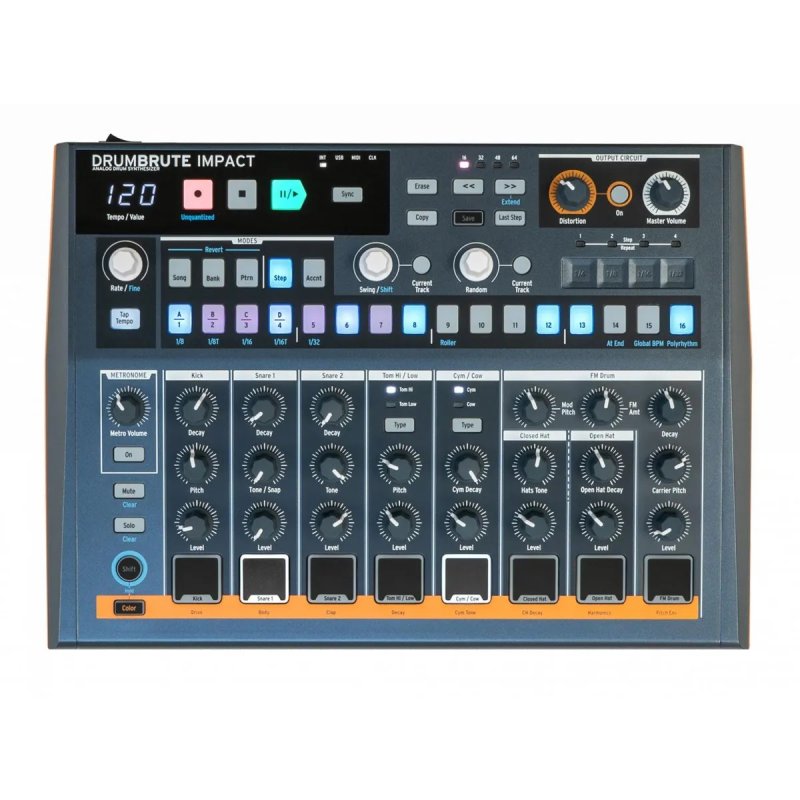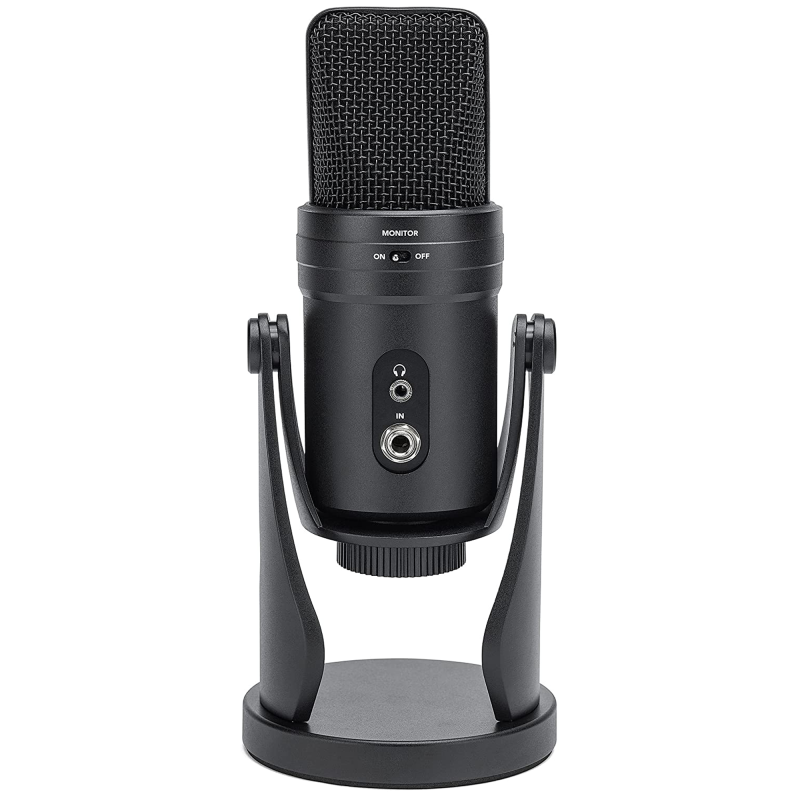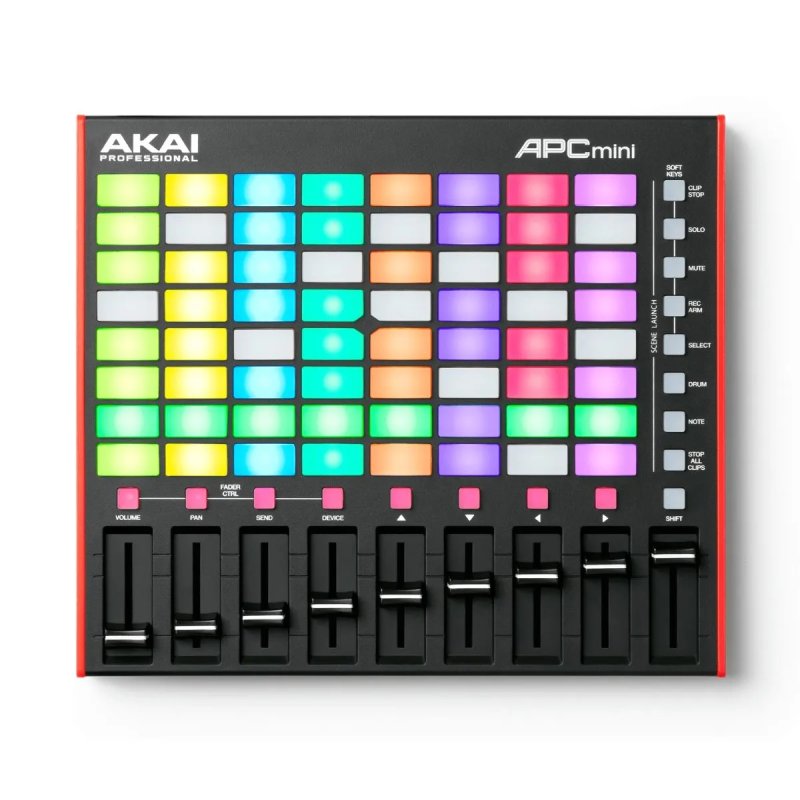
Virtual Reality (VR) and Augmented Reality (AR) are two technologies that have revolutionized the fields of music and art in recent years. VR allows users to immerse themselves in a simulated environment, while AR overlays digital elements onto the real world. Both technologies offer new possibilities for creating and experiencing music and art in innovative ways.
One of the benefits of VR and AR is that they can enhance the sensory and emotional aspects of music and art. For example, VR can create immersive concerts that allow users to feel like they are on stage with their favorite artists, or explore virtual museums that showcase artworks from different cultures and eras. AR can also enrich the musical and artistic experience by adding interactive elements, such as animations, sounds, or information, to the physical environment. For instance, AR can turn a street into a musical instrument, or a wall into a canvas.
Another advantage of VR and AR is that they can foster creativity and collaboration among musicians and artists. VR and AR can enable users to create their own music and art using various tools and platforms, such as VR painting, AR graffiti, or VR music production. Users can also share their creations with others, or collaborate with other users in real-time, regardless of their location. VR and AR can thus expand the boundaries of music and art, and empower users to express themselves in new ways.

Artificial Intelligence (AI) and Machine Learning (ML) are two technologies that have transformed the fields of music and art in recent years. AI is the ability of machines to perform tasks that normally require human intelligence, such as understanding, reasoning, learning, and creating. ML is a subset of AI that involves the use of algorithms and data to learn from experience and improve performance. Both technologies offer new possibilities for creating and experiencing music and art in novel ways.
One of the benefits of AI and ML is that they can enhance the quality and diversity of music and art. For example, AI can generate music and art that are original, complex, and expressive, using various techniques such as deep learning, generative adversarial networks, or neural style transfer. ML can also analyze music and art to extract features, patterns, and styles, and use them to create new variations, recombinations, or remixes. AI and ML can thus expand the musical and artistic repertoire, and offer new forms of expression and creativity.
Another advantage of AI and ML is that they can facilitate the interaction and engagement of music and art. For example, AI can create adaptive and personalized music and art that respond to the user's preferences, emotions, or context. ML can also enable the user to participate in the creation and modification of music and art, using various tools and platforms, such as voice assistants, smart speakers, or mobile apps. AI and ML can thus enhance the musical and artistic experience, and offer new modes of communication and collaboration.

Blockchain and Cryptocurrency are two technologies that have disrupted the fields of music and art in recent years. Blockchain is a system of distributed ledger that records transactions and data in a secure and transparent way, without the need for intermediaries. Cryptocurrency is a digital currency that is based on blockchain technology and can be used for various purposes, such as payments, investments, or donations. Both technologies offer new possibilities for creating and experiencing music and art in decentralized and democratic ways.
One of the benefits of blockchain and cryptocurrency is that they can empower the musicians and artists to have more control and ownership over their work. For example, blockchain can enable the creation of smart contracts that define the terms and conditions of the distribution and monetization of music and art, such as royalties, licensing, or crowdfunding. Cryptocurrency can also facilitate the payment and reward of musicians and artists, without the involvement of middlemen, such as record labels, publishers, or platforms. Blockchain and cryptocurrency can thus reduce the costs and risks of music and art production, and increase the income and recognition of musicians and artists.
Another advantage of blockchain and cryptocurrency is that they can enhance the diversity and accessibility of music and art. For example, blockchain can create digital tokens that represent the ownership and provenance of music and art, such as non-fungible tokens (NFTs) that can be used to create, buy, sell, or collect unique and scarce digital assets. Cryptocurrency can also enable the participation and contribution of music and art fans, without the barriers of geography, currency, or identity. Blockchain and cryptocurrency can thus expand the musical and artistic market, and offer new opportunities and challenges for music and art lovers, creators, and educators.



